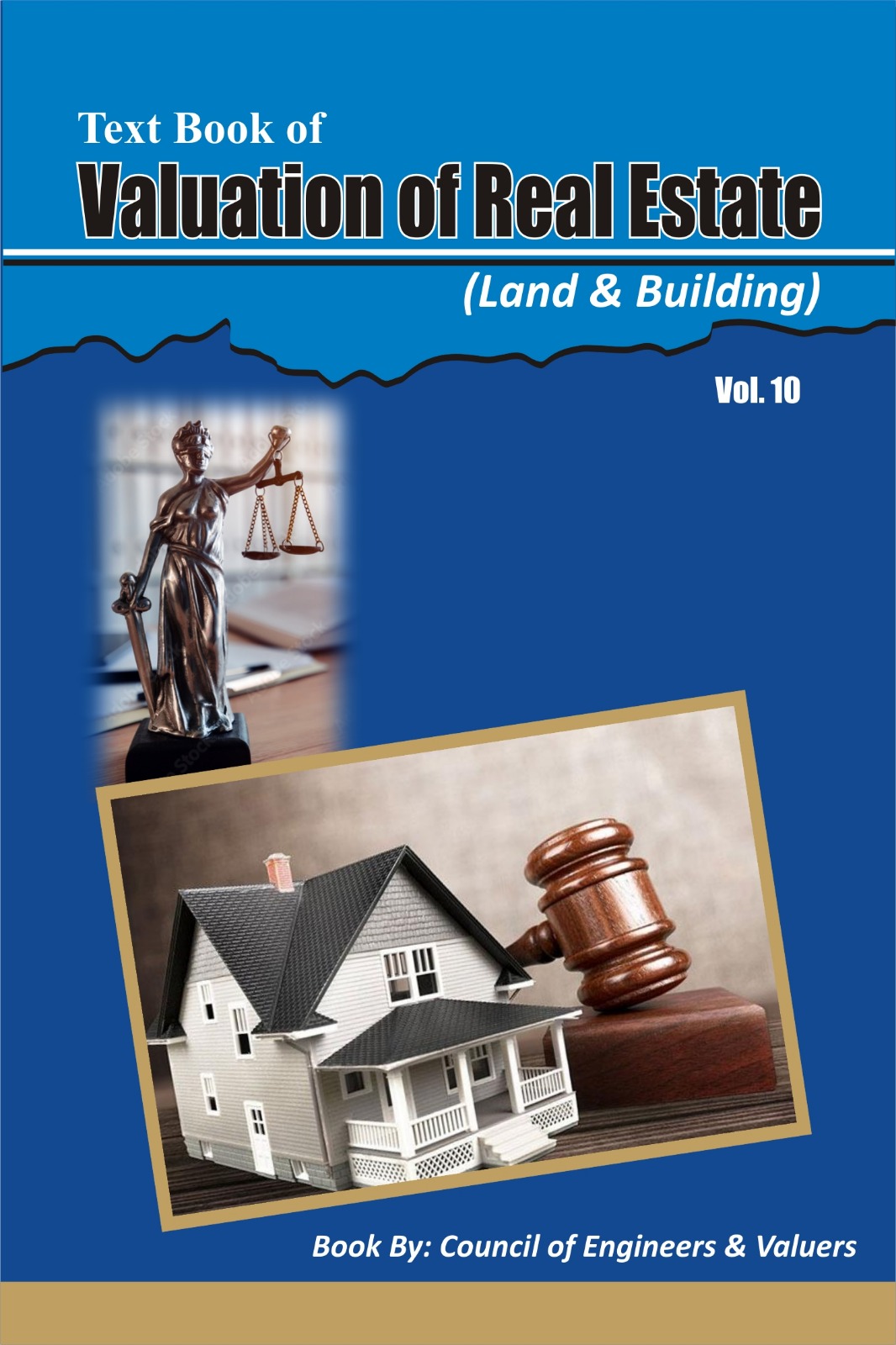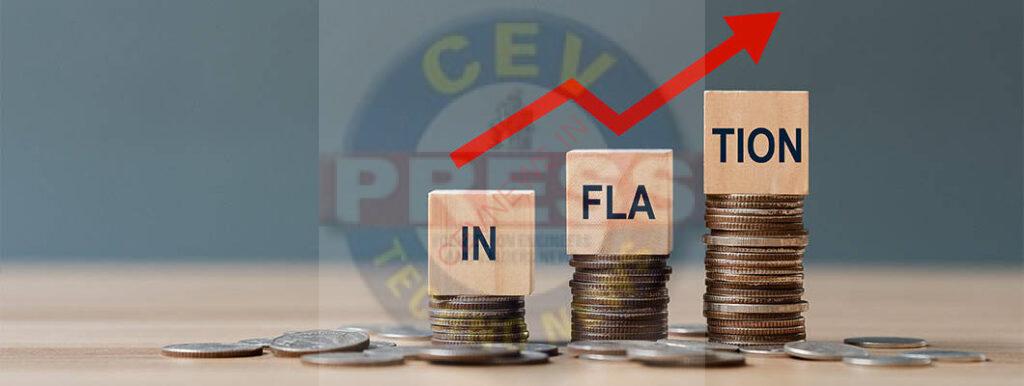Saturday Brain Storming Thought (236) 17/08/2024
INFLATION

INFLATION
Inflation is a fundamental economic concept characterised by a persistent increase in the general price levels of goods and services within an economy
That over time, the purchasing power of money diminishes as the cost of living rises
This can impact consumers, businesses and the overall economic landscape
Inflation rate
The inflation rate defines the percentage change in the price level for a basket of goods and services in an economy over a certain period of time, usually measured on an annual basis
Inflation Calculation
Inflation rate = (Ending Value – Starting Value) / Starting Value X 100
Starting Value
Starting value is the consumer price index from a specific past inflationary period
Ending Value
Ending value is the current index of the same item
Effects of Rising Inflation Rates
1) Loss of purchasing power
As the purchasing power erodes, many feel the impacts on their budget, low income or fixed income people often feel the impact the most
2) Higher Interest Rates
The Federal Reserve pushes interest rates higher, it gets more expensive to borrow money
3) Higher Prices for Everything
When everything is more expensive, the impacts are felt by everyone
4) Economic Growth Slows
With the money supply drying up, credit becomes more expensive and credit requirements tighten
This will decrease consumer spending and slow inflation
5) Anti-inflationary Measures can cause a Recession
If the market isn’t ready for the Fed’s actions, that can mean lower economic growth for the country
If this happens for two quarters or more, it is generally considered the start of recession
Consumer Price Index (CPI)
It is a comprehensive measure used for estimation of price changes in a basket of goods and services representative of consumption expenditure in an economy called as consumer price index
Wholesale Price Index (WPI)
It represents the price of goods at a wholesale stage i.e. goods that are sold in bulk and traded between organizations instead of consumers
WPI is calculated at the beginning and the end of a year
Commodity Price Indices
It is a fixed-weight index or (weighted) average of selected commodity prices, which may be based on spot or future prices
It measures the price of a selection of commodities
GDP deflator
It is a measure of the price of all goods and services included in gross domestic product (GDP)
Asset Price Inflation
It is an undue increase in the prices of real or financial assets, such as stock (equity) and real estate
Core Price Indices (CPI)
It is defined as personal consumption expenditures prices excluding food and energy prices
Causes of Inflation
1) Cost-Push Inflation
Cost push inflation occurs when we experience rising prices due to higher cost of production and raw materials
Cost-Push is determined by supply side factors
Causes of Cost-Push Inflation
a) Rising wages
b) Import prices
c) Raw material prices and commodity costs
d) Profit push inflation
e) Declining productivity
f) Higher taxes
2) Demand-Pull Inflation
It occurs when aggregate demand is growing at an unsustainable rate leading to increased pressure on scarce resources and a positive output gap
When there is excess demand, producers can raise their prices and achieve bigger profits
Causes of Demand-Pull Inflation
a) A depreciation of the exchange rate increases
b) Higher demand from a fiscal stimulus
c) Monetary stimulus to the economy
d) Fast growth in other countries
Deflation
Deflation is a condition of falling prices on account of insufficient demand
It results in a continuous fall in level of economic activity and growing unemployment
Disinflation
Disinflation is a process of lowering costs and prices when they are excessively high
Brings down inflationary trends in prices without causing unemployment
Reflation
Reflation is a moderate degree of inflation that is deliberately undertaken to relieve depression
Stagflation
Stagflation is a situation in which a high rate of inflation prevails simultaneously with a high rate of unemployment or stagnant economic condition
It is a combination of inflation and stagnation
General Effect of Inflation
An increase in the general level of prices implies a decrease in the purchasing power of the currency
Effects of Inflation on Redistribution of Income
1) Debtors – gain
2) Creditors – lose
3) Salaried persons – lose
4) Wage Earners – may gain or lose
5) Fixed income group – lose
6) Equity holders or Investors – lose
7) Businessmen – gain
8) Agriculturists – gain or lose
Positive Effect of Inflation
1) Deflation (a fall in prices – negative inflation) is very harmful
2) When prices are falling people are reluctant to spend money because they are concerned that prices will be cheaper in future
3) Delaying purchases
4) Moderate inflation enables adjustment of wages
5) It may be difficult to cut nominal wages
6) It is easier to increase the wages of productive workers
7) Inflation can boost growth
8) At times of very low inflation the economy may be stuck in a recession
9) Arguably targeting a higher rate of inflation can enable a boost in economic growth
Control of Inflation
1) Monetary Measures
Monetary Measures aim at reducing money incomes
a) Credit control
b) Demonstration of currency
c) Issue of new currency
2) Fiscal Measures
Fiscal Measures are highly effective for controlling government expenditure, personal consumption expenditure, private and public investment
a) Reduction in unnecessary expenditures
b) Increase in raxes
c) Increase in savings
d) Surplus budgets
e) Stop repayment of public debt
3) Other Measures
Other measures are those which aim at increasing aggregate supply and reducing aggregate demand directly
a) Increase production
b) Adopt rational wage policy
c) Check price control
d) Rationing
Inflation in India
In India, CPI (combined) is used for calculation of inflation
September 1974 – 34.68%
May 1976 – 11.31%
February 2012 – 8.80%
August 2016 – 5.30%
July 2024 –
3.54% (Provisional)
Rural – 4.10%
Urban – 2.98%
Types of Inflation
1) On the basis of degree of government control
a) Open inflation
b) Suppressed inflation
2) On the basis of political conditions
a) War time inflation
b) Peace time inflation
3) On the basis of scope
a) Sectoral inflation
b) Comprehensive inflation
Positive Effects of Inflation
1) Higher profits to producers
2) Higher investment by the entrepreneurs and investors
3) Higher production
Negative Effects of Inflation
1) It is difficult for consumers to purchase more goods
2) It generates very bad effects on the poor labour force
3) Inflation reduces the living standards and purchasing power of people
4) It is harmful for creditors
5) Inflation reduces the purchasing power
Creeping Inflation
The inflationary rate is less than 2%
That means prices are increasing gradually
Walking Inflation
The inflationary rate is around 5%, a little more than creeping Inflation
Running Inflation
The inflation is growing at the rate of 10%
Galloping Inflation
Inflation is higher than the earlier stages
Inflation is growing at around 25%
COMPILED BY:-

Er. Avinash Kulkarni
9822011051
Chartered Engineer, Govt Regd Valuer, IBBI Regd Valuer











